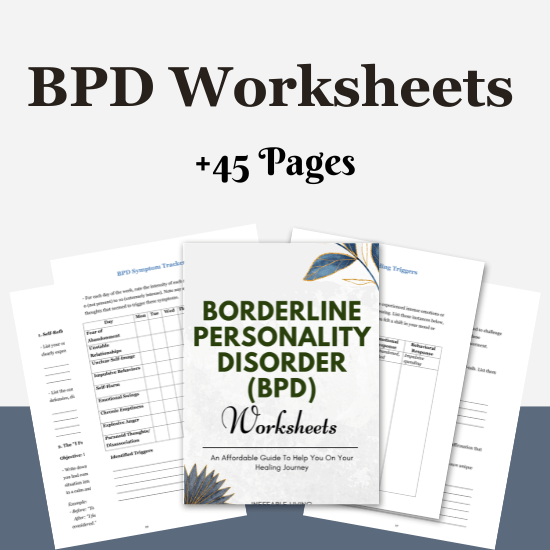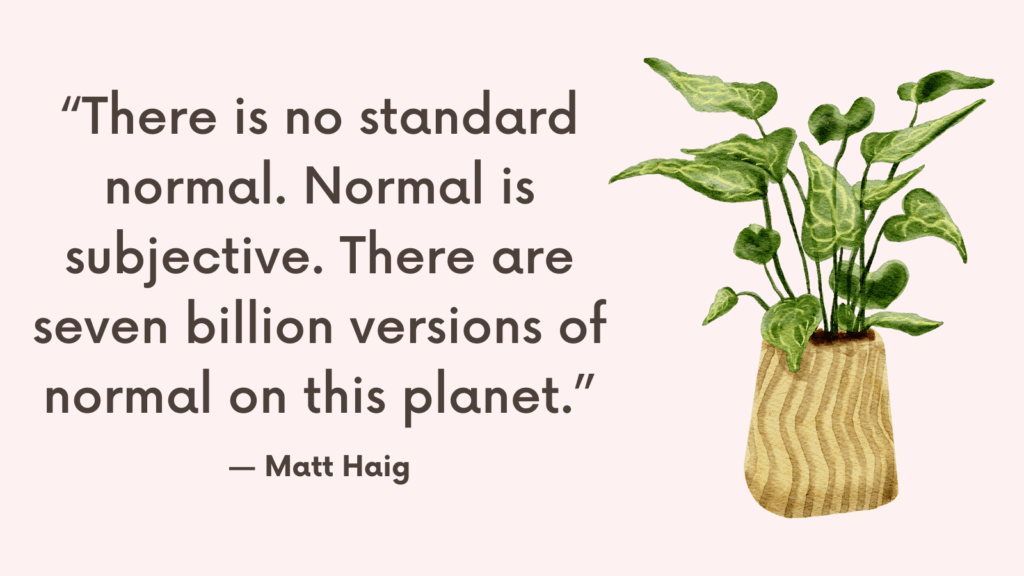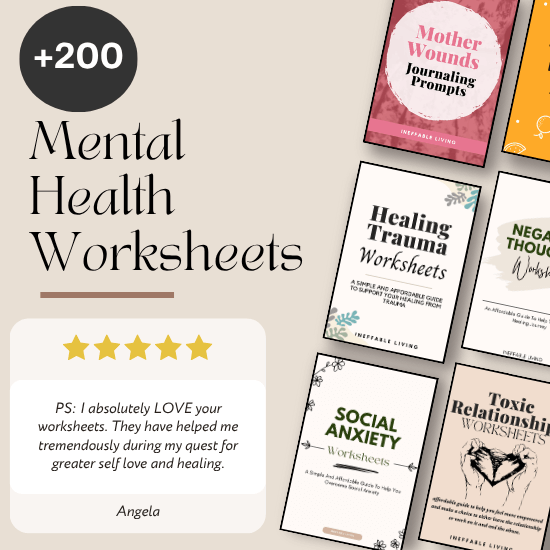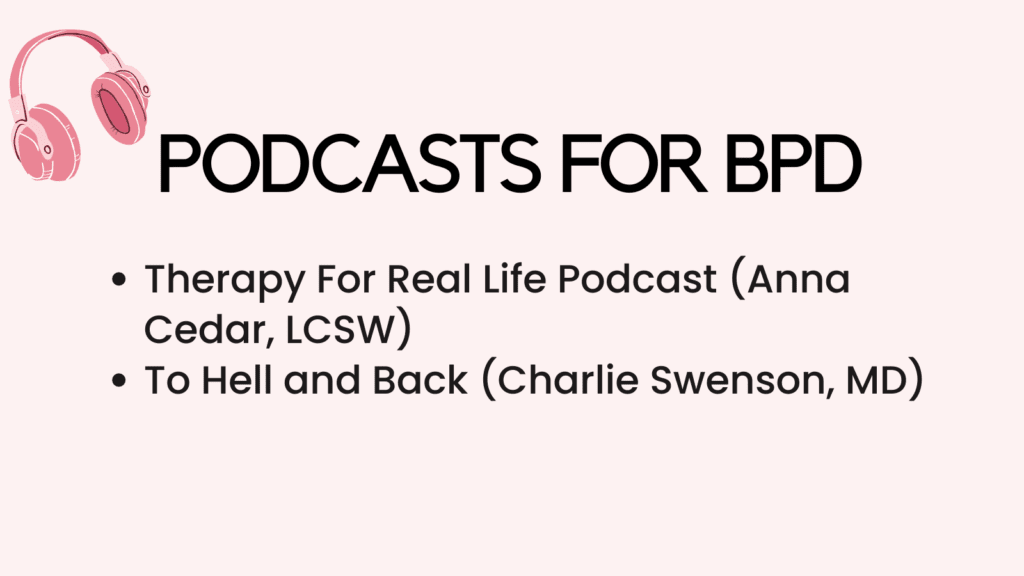After a Borderline Personality Disorder (BPD) episode — whether it involved rage, withdrawal, impulsive behavior, or lashing out — it’s common to feel deep shame. You might worry you’ve ruined everything, that you’re unlovable, or that people will walk away for good. But relationships can survive emotional storms — especially when you repair them with honesty, accountability, and care.
Apologizing after a BPD episode isn’t about begging for forgiveness. It’s about taking responsibility without shame and reconnecting in a way that feels safe for both you and the other person.
What Is a BPD Episode?
A BPD episode refers to a sudden and intense emotional reaction triggered by fear, rejection, abandonment, or emotional invalidation — real or perceived. For someone with Borderline Personality Disorder (BPD), these episodes can feel like emotional hurricanes: fast, overwhelming, and often difficult to control in the moment.
They’re not attention-seeking. They’re the nervous system going into survival mode. And although they can be distressing for everyone involved, they are also manageable with the right tools and support.
What Triggers a BPD Episode?
BPD episodes are often sparked by emotional sensitivity or relational distress. Common triggers include:
- Feeling ignored, dismissed, or rejected
- A change in tone, body language, or availability
- Arguments, criticism, or disapproval
- Fear of abandonment — even something small like a late text response
- Feeling misunderstood or invalidated
- Emotional vulnerability or stress
What seems minor to others may feel catastrophic to someone with BPD — because it touches core wounds.
Related: Top 7 Skills For Coping With BPD [+ BPD FREE Resources]
What It Feels Like
During a BPD episode, the person may feel:
- Panic or intense anxiety
- Anger or rage — sometimes explosive
- Deep sadness or emptiness
- Fear of being left or unloved
- Emotional numbness or detachment
- Urges to self-harm, lash out, or disappear
- Intrusive thoughts like “I’m worthless,” “They’re going to leave,” or “I hate myself”
The emotions feel all-consuming. It may seem like there’s no way out — or that nothing makes sense anymore.
How It Manifests
BPD episodes can look different for different people, but common behaviors include:
- Yelling or crying uncontrollably
- Threatening to end the relationship or disappear
- Impulsive acts (spending, substance use, risky sex)
- Self-harming or suicidal statements
- Ghosting, blocking, or cutting people off
- Pleading, begging, or clinging
- Alternating between “I hate you” and “Don’t leave me”
These behaviors are not manipulative — they’re often desperate attempts to cope with unbearable emotions.
How to Apologize Effectively After a BPD Episode?
1. Wait Until You’re Regulated
Don’t rush to apologize when you’re still dysregulated. You might over-apologize, say things you don’t mean, or fall into self-blame.
Take time to:
- Breathe and calm your nervous system
- Reflect on what happened and what triggered you
- Ground yourself in your wise mind (not just emotion or shame)
A calm apology is more healing than a panicked one.
Related: What Is Quiet Borderline Personality Disorder?
2. Own Your Behavior Without Excusing It
A genuine apology includes taking responsibility — without blaming your mental health or the other person.
Say:
- “I lost control, and I said things I didn’t mean. I take full responsibility for that.”
- “I acted out of fear, but that doesn’t make it okay. I’m sorry for how I treated you.”
- “It’s my job to manage my emotions, and I’m working on that.”
You’re not saying you are bad — you’re saying you’re accountable.
3. Name the Impact, Not Just the Intent
Even if you didn’t mean to hurt them, it’s important to acknowledge the effect of your actions.
Say:
- “I can see that what I said was hurtful, even though I was overwhelmed.”
- “I understand that my actions affected your sense of safety, and that matters to me.”
This validates their feelings and helps rebuild trust.
4. Avoid Over-Apologizing or Self-Shaming
Apologizing doesn’t mean spiraling into guilt or asking the other person to make you feel better.
Avoid saying:
- “I’m the worst person in the world.”
- “You probably hate me now.”
- “You should just leave me.”
This shifts the focus away from repair and can make the other person feel responsible for your emotions.
Instead, keep it grounded:
- “I’m sorry. I’m learning. I want to do better.”
5. Communicate What You’re Doing to Grow
Let them know you’re not just saying sorry — you’re actively working on it.
Say:
- “I’m practicing new ways to manage my emotions with the help of DBT.”
- “I’ve been tracking my triggers so I can catch them earlier next time.”
- “I’m working with my therapist on this exact issue.”
This shows commitment to growth — not just regret.
Related: Borderline Personality Disorder Support Group
6. Ask (Gently) What They Need
Invite feedback — without pressuring them to forgive you on the spot.
Try:
- “I want to respect your space and rebuild trust. Is there something I can do differently moving forward?”
- “I care about you and our relationship. If you feel up for it, I’d love to hear how this impacted you.”
Be open — but don’t force the conversation.
7. Give Them Time If They Need It
Even a perfect apology doesn’t guarantee instant resolution. Respect their process.
Say:
- “Take whatever time you need. I understand this was a lot.”
- “I’ll be here when you’re ready to talk more.”
Trust isn’t repaired in one moment — it’s rebuilt over time with consistency.
8. Forgive Yourself, Too
One of the hardest parts of apologizing after a BPD episode is facing your own self-hate. But guilt and shame won’t help you grow. What will?
- Reflecting instead of ruminating
- Learning instead of punishing
- Apologizing to yourself with compassion: “I got triggered, and I want to do better. I’m still worthy of love.”
You are not defined by your worst moment. You are defined by what you do next.
Related: Borderline Personality Disorder (BPD) Resources (Information, APPS, Podcasts, TED Talks, Books)

Conclusion
A real apology after a BPD episode doesn’t come from shame — it comes from self-awareness, emotional responsibility, and a desire to protect the relationship. When you take ownership and show commitment to growth, you create a space where healing is possible.
You’re not too much. You’re human. And every time you pause, reflect, and reach out with care, you’re proving that change is real — and that love can survive even the hard parts.



![BPD Support Groups [Online & In-Person]](https://ineffableliving.com/wp-content/uploads/2022/09/Borderline-Personality-Disorder-Support-Group-1024x576.png)